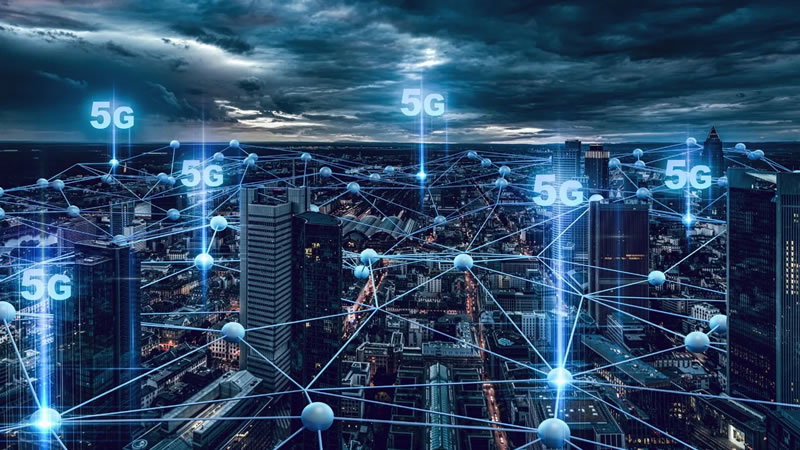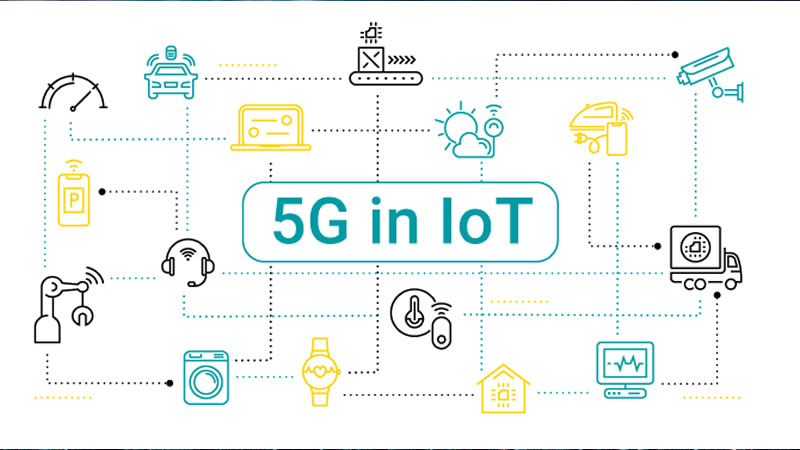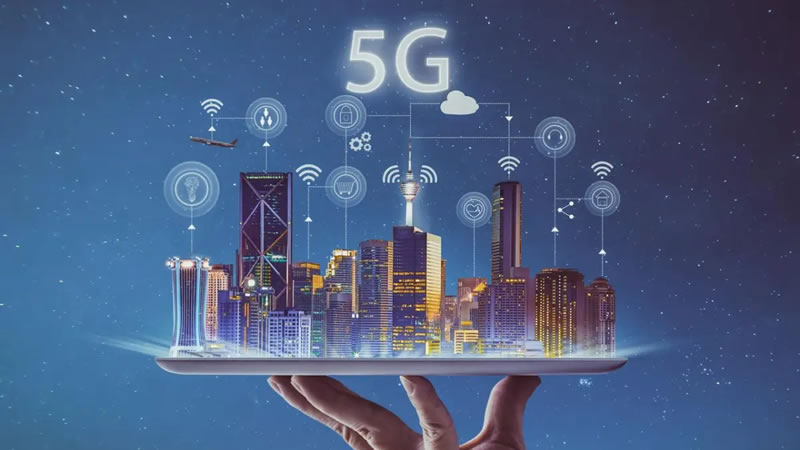The world is feeling a digital uprising, and at the heart of it lies the increase of 5G networks. As the heir to 4G LTE, 5G offers ultra-fast internet speeds, low dormancy, and the capacity to connect billions of devices concurrently. It’s more than just a promotion for smartphones; it’s the basis of a new era in messaging, business, healthcare, teaching, AI in research, and global novelty.
By combining progressive 5G network architecture, planned 5G network deployment, and robust 5G network security, this knowledge is altering how people interact, how trades operate, and how civilizations evolve.
The Power of 5G Networks
The potential of 5G networks is not only about faster downloads or flatter video calls. It’s about permitting skills that were once considered innovative. Imagine self-driving cars interacting in real time, smart cities powered by linked sensors, and virtual schoolrooms that feel like face-to-face interactions. These possibilities are because of the sole makings of 5G technology, including higher bandwidth and negligible lag time.

With ultra-fast internet and the ability to process huge quantities of data promptly, 5G has become the mainstay for innovations like augmented reality, remote operation, and the Internet of Things (IoT). This new era of connectivity will redesign industries and bond gaps across the globe.
5G Network Architecture: The Foundation of Innovation
To comprehend why 5G networks are so groundbreaking, it’s significant to look at 5G network architecture. Unlike older peers of mobile skill, 5G uses a mixture of small cells, massive MIMO (multiple input multiple output) antennas, and millimeter wave incidences. These rudiments work to deliver unparalleled speed and dependability.
This building allows next-generation networks to grip dense urban areas filled with lots of connected plans, while still maintaining competence in rural areas. The design also safeguards low-latency networks, which are vital for applications like real-time betting, independent vehicles, and smart sweatshops.
Global 5G Network Deployment
The 5G network deployment procedure is happening at an imposing pace universally. Countries like the United States, China, South Korea, and several in Europe are competing to build the substructure needed for global 5G adoption. Telecom businesses are investing billions into base positions, fiber optics, and cloud computing resources to safeguard the availability of 5G across cities and settlements, and the future of robotics.
This international race is not just about knowledge; it’s about management in the digital economy. Nations foremost in 5G network deployment will gain a modest edge in fields like robotics, smart industrial, healthcare innovation, and progressive communications. For developing republics, the expansion of 5G signifies an opportunity to leap forward by skipping outdated infrastructure and moving straight into high-speed mobile data solutions.
Ensuring 5G Network Security
With great connectivity comes great accountability. 5G network security is one of the greatest pressing tests as the technology feasts. Unlike traditional nets, 5G connects far more devices, which means more possible entry points for cyberattacks.
Ensuring safety requires strong encryption, better individualized organization, and progressive nursing systems. Governments and telecom providers are cooperating to set global values for 5G network security to protect sensitive info, financial transactions, and even nationwide defense systems. Without these protections, the revolutionary welfare of 5G networks could be overshadowed by risks.
5G and the Internet of Things
The Internet of Things is one of the main recipients of 5G connectivity. Billions of smart devices, from domestic appliances to manufacturing machines, rely on continuous data conversation. With 5G networks, IoT devices can interconnect with near-zero lag, creating smarter families, efficient energy schemes, and advanced logistics systems.

Imagine circulation lights that regulate in real time based on car flow, or wearable plans that instantly alert medics about health anxieties. These examples highlight how AI-powered discovery and 5 G-enabled devices can improve daily life while boosting financial efficiency.
5G in Healthcare and Education
Healthcare is an additional sector being distorted by 5G networks. Surgeons can achieve remote operations with the assistance of automation and real-time video streams, while patients in distant areas can access medics through telemedicine. This technology bridges healthcare gaps and makes advanced actions accessible to additional people.
In schooling, 5G connectivity enables immersive knowledge involvement. Scholars can join virtual schoolrooms, explore communicating 3D models, and connect with teachers across borders without breaks. The combination of 5G and innovation ensures that information is shared internationally in ways never before possible.
Challenges of 5G Networks
Despite its potential, the adoption of 5G networks has undergone several tests. Building infrastructure is luxurious, requiring both community and private speculation. Some regions, especially rural expanses, may take longer to gain admission due to the difficulty of 5G network deployment.
There are also worries about 5G network security, data confidentiality, and possible health impacts of continuous exposure to new incidences. Policymakers, investigators, and trades must work together to ensure that the future of wireless technology is safe, reasonable, and beneficial for everybody.
The Future of Global Connectivity
The upcoming shape, shaped by 5G networks, is full of potential. As 5G network architecture changes, and as countries roll out their 5G network deployment, the world will see an affected shift in how persons and machines interrelate. From 5 G-enabled devices in smart families to novelties in space exploration, this technology is shaping a more linked and efficient global society.

While tests remain, the development so far proves that 5G networks are not just about earlier phones; they are the substance of the next manufacturing and digital rebellion.
Q1: What are 5G networks, and why are they important?
5G networks are the latest cohort of mobile connectivity, offering faster hurries, lower latency, and the capacity to connect billions of devices.
Q2: How does 5G network architecture differ from previous generations?
5G network building uses small cells, millimeter waves, and massive MIMO to bring high speed and competence likened to 4 G.
Q3: What challenges exist in 5G network deployment?
5G network placement requires heavy speculation, advanced substructure, and organization between management and telecom corporations.
Q4: How is 5G network security maintained?
5G network safety is ensured through encryption, identity organization, and global standards to protect against cyber threats.
Q5: What industries will benefit the most from 5G connectivity?
Businesses such as healthcare, education, transportation, and smart industry will benefit the most from 5G networks due to real-time data distribution and novelty.

